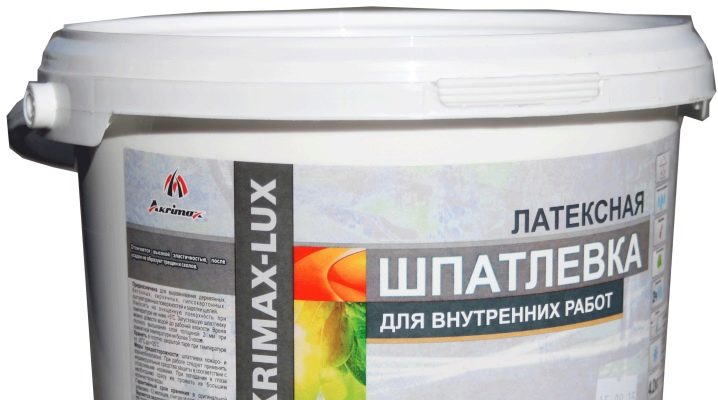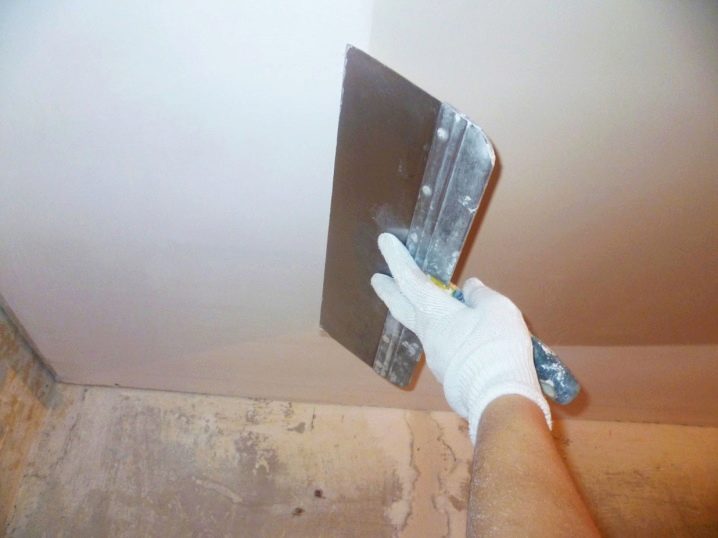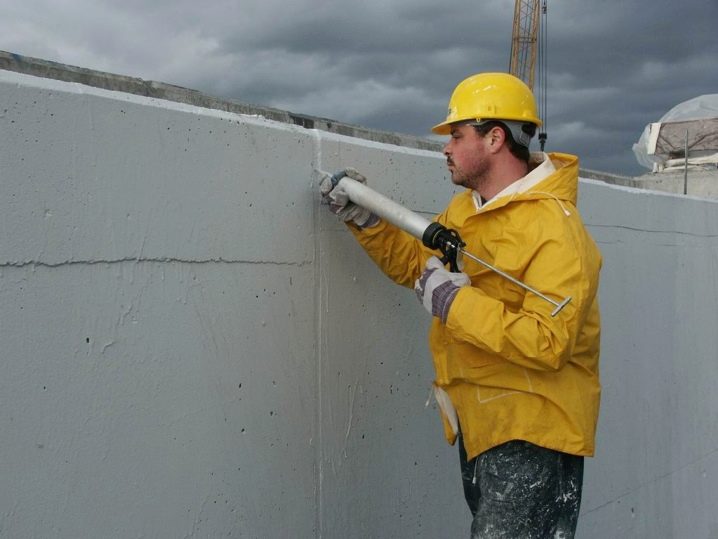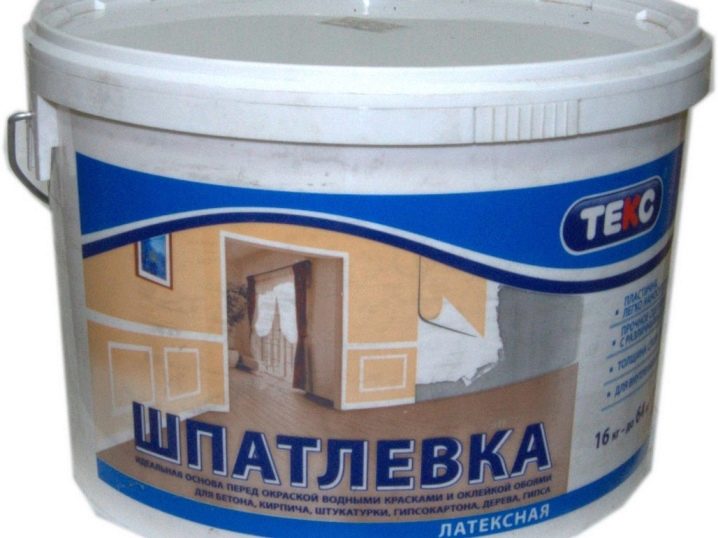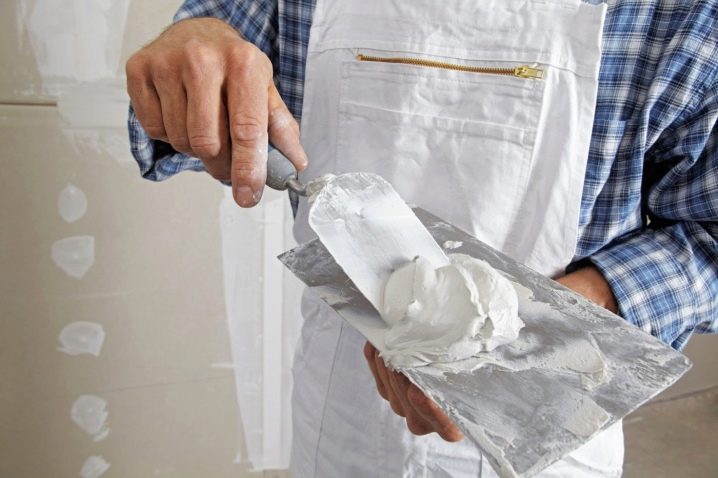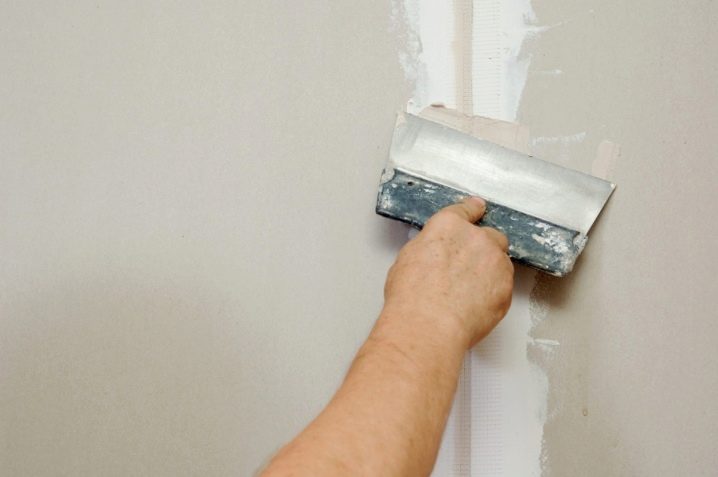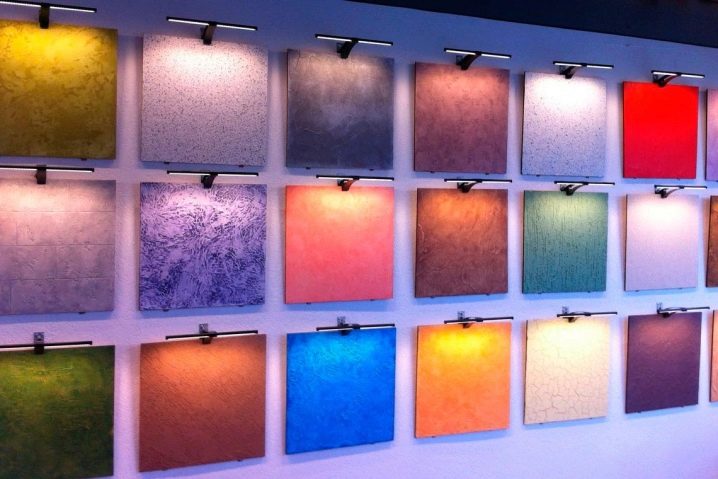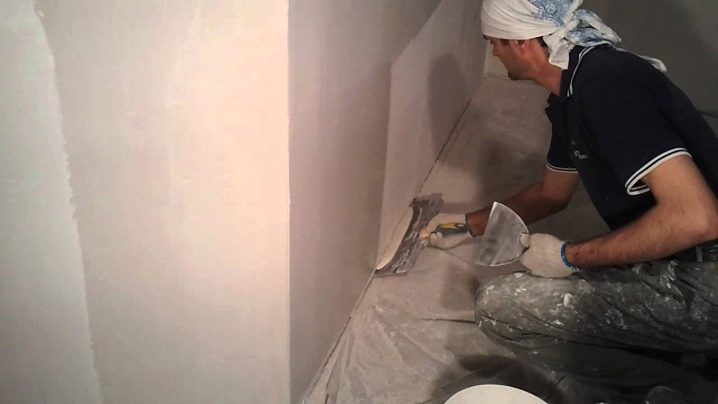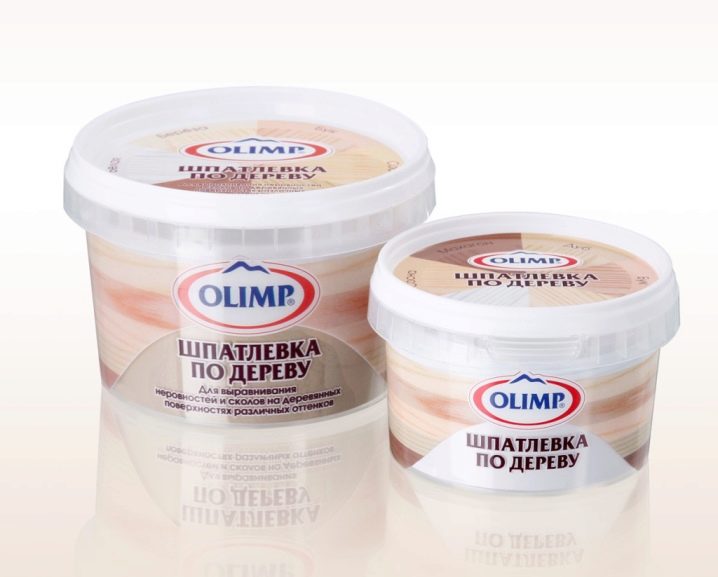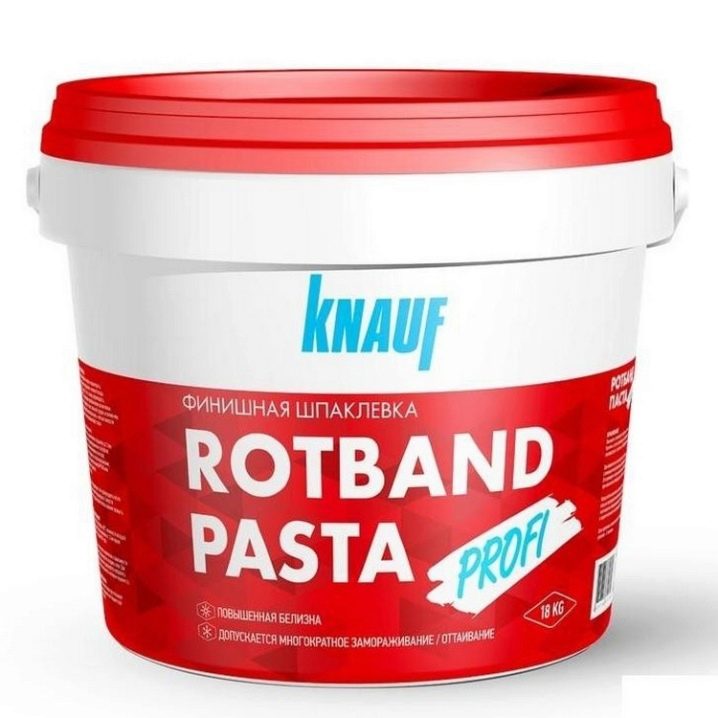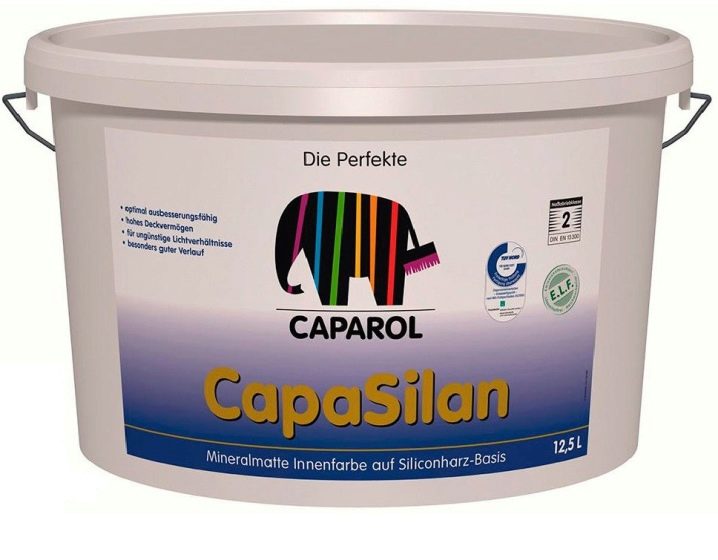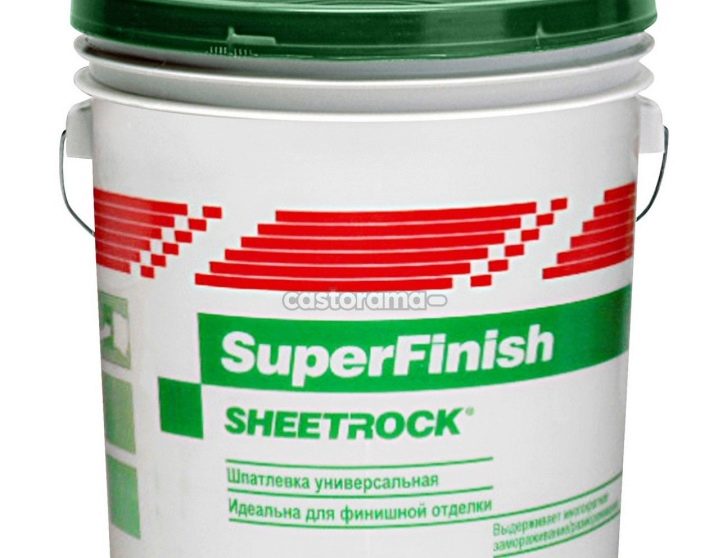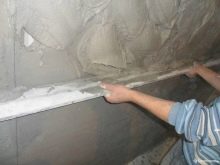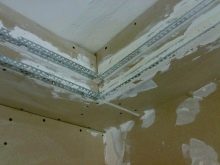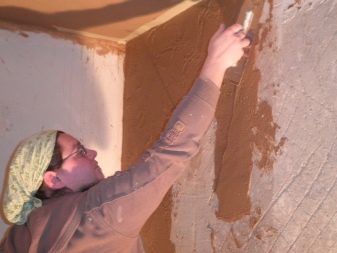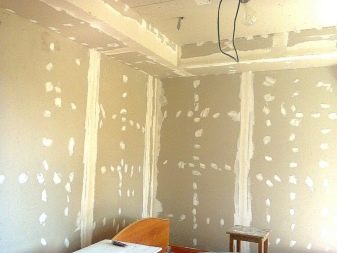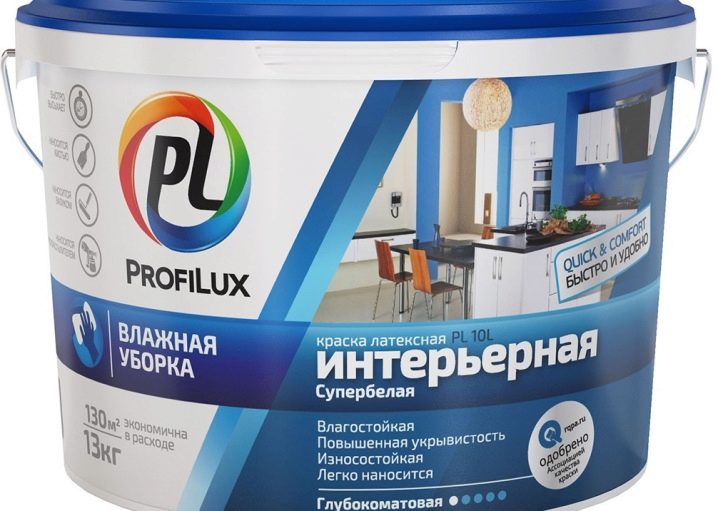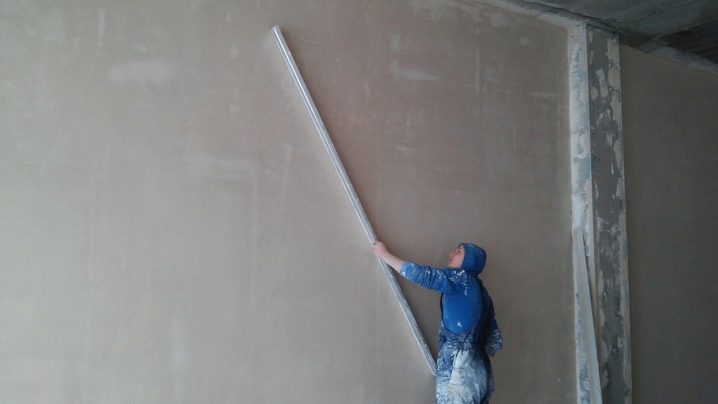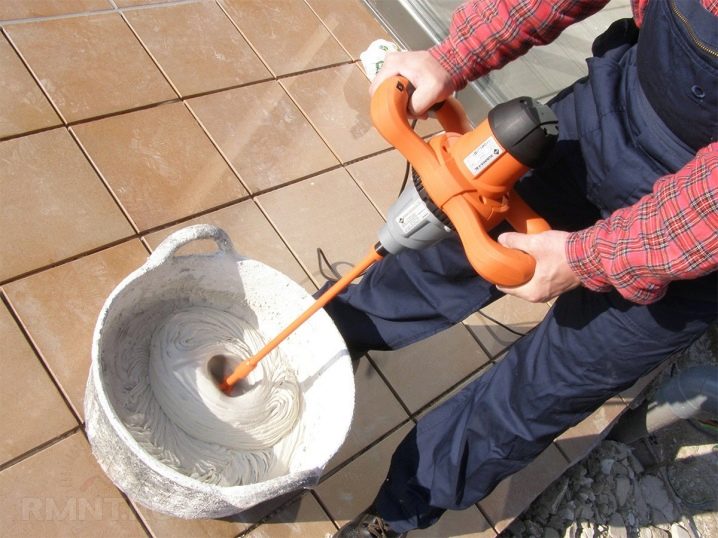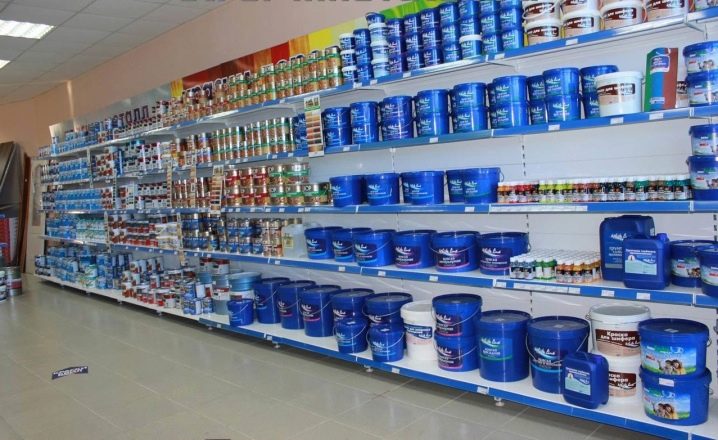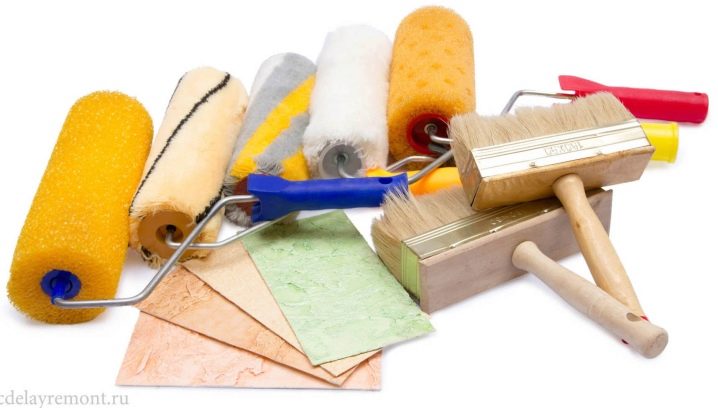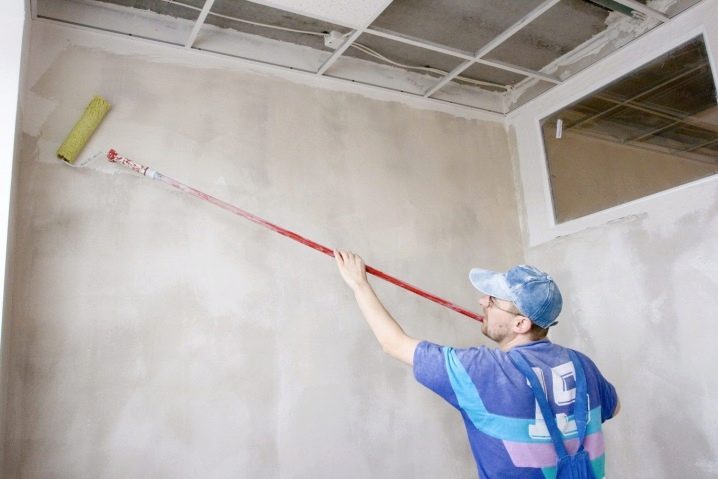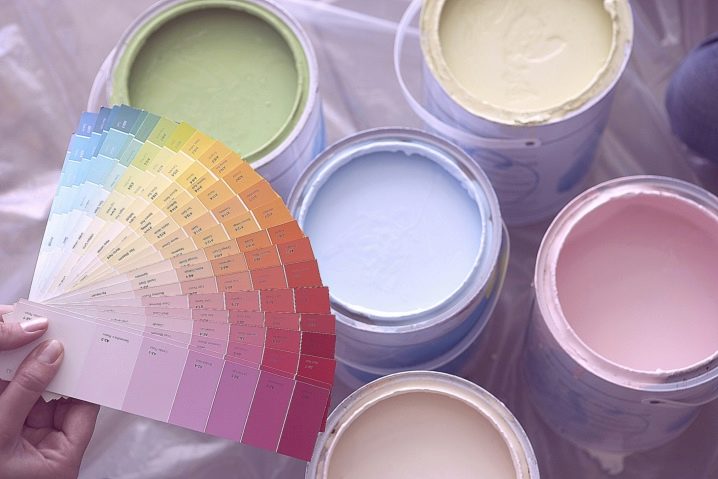Types and details of the use of latex putty
Hard putty is a solution that serves to level the surfaces and eliminate cracks, chips, small cavities. There are many types of filler, and its scope of application is also different. One of the innovative solutions is latex putty. It should be borne in mind the pros and cons of this composition.
Specifications
If we consider this material from a technical point of view, it is unique. That is why its use has become popular both among beginners and professional masters.
Latex putty is used on various coatings, including:
- gypsum surfaces;
- walls covered with plaster;
- brick walls;
- concrete surfaces.
The only basis to which latex plaster is not applicable is metal. It needs to be remembered. Apply latex solution can be as a finishing putty layer that perfectly aligns the walls. They can also be embedded in plasterboard sheets. To seal minor damage and minor defects on the walls, a latex solution is a real salvation.
If cracks appear in a concrete wall or in bricks, the choice of latex solution will be the right solution to fix them. They are also comfortable aligning corners.
The composition of the latex putty includes:
- latex as a binder;
- plasticizers;
- fillers;
- purified water;
- antiseptics;
- hardening regulators;
- modifiers.
If we talk about the technical characteristics, it is worth pointing out that:
- The thickness of the layer is quite thin - up to 3 mm.
- Consumption depends on which layer to apply the solution, but on average from 0.5 kg to 2 kg per m2. If the mixture is applied with a 1 mm formation, then the flow will be minimal.
- The process of complete drying takes about a day. It depends on the manufacturer and the premises where the material is used.The ideal temperature for shpatlevaniya considered +20 degrees.
- The interval between the application of the layers is 12 hours. This time is sufficient for drying so that the next layer can be applied.
- Shelf life - 24 months.
- Toxic substances are absent.
Advantages and disadvantages
Each type of putty material has its own advantages and disadvantages. Latex putty is no exception. The positive qualities of a solution are much more than negative ones.
The advantages include the following:
- There is no shrinkage, the putty does not bubble, there are no cracks in its layer.
- Increased adhesion level, allowing the solution to not crumble after complete drying.
- High strength
- Maintains differences of temperature.
- Ease of use, therefore, its use by forces and experienced craftsmen, and simple philistines who make repairs in the apartment on their own.
- A wide palette of colors.
- Sold in ready-to-use form, therefore, does not require any additional mixing.
- Increased ductility, which greatly facilitates the application of the solution on the walls.
- The ability to penetrate deep into the surface of the walls, smoothly filling, like liquid rubber, all cracks and crevices.
Cons of putty material are as follows:
- high price;
- reaction of the solution to low air temperature. If you store the putty in a cold room, it can freeze.
It is important to remember that the ingress of dry foreign particles into the putty may cause scratching of the surface during operation, so it is better to keep the container with the solution closed.
If you compare the latex mixture with acrylic putty, the differences are:
- Latex solution differs from acrylic in price. Latex putty on the background of acrylic seems extremely expensive material.
- Choosing a putty, you need to know in advance on which surface it will be applied: if on a tree, then there is nothing better than acrylic. For all others, the preferred option - latex putty.
- Another feature of the latex solution is the ability to form a thin and neat protective film during operation.
Kinds
As such, varieties of latex putty does not exist. Options vary slightly in composition.Some manufacturers add antiseptics to the mixture, others make the putty material more resistant to frost. For wooden surfaces, a separate type of latex putty is produced, although, according to experts, an acrylic solution is an ideal option for wooden coatings.
Among latex solutions there are no such that could be used on metal surfaces.
Manufacturers
Due to the rapid growth in the popularity of latex putty solutions, virtually every manufacturer represents its own product line on the building materials market.
The most reliable, according to experts and masters with experience, are the following brands:
- Knauf;
- Caparol;
- Tex;
- Sheetrock;
- Profilux;
- Vetonit.
Knauf - German manufacturer, well-proven in the market of building materials. Using this putty requires special skills, so beginners are not recommended to use it during self-repair. It is also difficult to grind. The solution is quite plastic. This is an ideal option for filling the walls for painting.On sale the goods are presented in the form of ready-made solution or in mixtures.
Putty Caparol easy to use, characterized by a small consumption of the solution. The main advantage is reasonable price. It is applied on brick and concrete walls.
The most sought-after product suppliers Sheetrock are Russia and America. The solution is soft in operation, does not reach for a spatula, can be polished without effort. The white solution is used for filling of concrete, painted, plasterboard and already plastered walls. You can not use it in the bathroom or in the pool, because the plaster does not tolerate high humidity. The ideal solution for preparing walls for wallpapering or painting.
Putty Vetonit - a mixture of medium quality. It is easy to work, it is diluted simply, but the mixture is not very good for putting up walls for sticking wallpaper, since in the future it will be removed along with the wallpaper. Sold in bags of 5 kg (volume - 3.5 liters), there are other packaging. Suitable for filling concrete, plasterboard and plastered surfaces, but only indoors. It is used as a finishing putty in rooms where there is no high humidity.
"Tex" - one of the most sought after manufacturers.The solution is suitable for removing all defects on walls made of concrete, wood, drywall, brick. It is well applied to plastered surfaces.
Latex putty "Profi" from "Tex" gained popularity due to the unique combination of components of the solution. Plastic polymers in combination with artificial hardeners create a unique protective barrier against moisture.
The material is intended for a variety of surfaces:
- brick walls;
- plasterboard surfaces;
- wood fiber coatings;
- wooden walls;
- concrete floors;
The functions that the latex putty "Profi" performs are varied:
- alignment of corners, seams;
- elimination of deep cracks in the walls;
- embedding depressions;
- general alignment of the walls before further repair work, for example, wallpapering or painting.
The technical characteristics of the latex putty "Profi" from the manufacturer "Tex", which is sold as a ready-made solution of 16 kg in plastic containers, are as follows:
- the thickness of the applied layer is thin: from 1 to 3 mm.
- At the most economical application, the consumption will be 0.5 kg per 1m2.
- Shelf life - 12-24 months.
- Storage temperature should be above +5 degrees, as the putty is prone to freezing.
- On sale you can find a solution in plastic buckets weighing from 1 to 30 kg.
- Does not contain toxic substances, does not cause allergic reactions.
Reviews of those who have ever used this building material, only positive.
Profilux putty Profisheet is designed for puttying walls inside a room as well as outside a building. It is able to level the surface, is used to seal joints and cracks, as well as to eliminate all the defects of the wall surface before the next stage of repair work.
The main properties of the filler material «Profisheet» are as follows:
- increased strength;
- there is a slight shrinkage;
- surface haze;
- high adhesion in relation to such surfaces as concrete, brick, glass, plaster;
- acts as a finishing putty.
The technical characteristics of this type of putty are as follows:
- white solution;
- material consumption is 1 kg per 2-4 m2;
- purified water acts as a diluent;
- a layer is applied with a thickness of 1 mm;
- the mixture is non-toxic.
Tips for choosing
Before buying any building material, it is always helpful to get the opinion of a specialist, to get useful advice from a craftsman or a person who used this or that putty solution. So, choosing and using latex putty, you need:
- determine the type of surface on which it will be applied, since latex solution is not suitable for metal surfaces, and acrylic filler would be an ideal choice for wooden walls.
- Almost all types are used for interior work, and only a few types of mixtures are used for exterior work.
- It is necessary to buy this type of putty only in heated stores.
Before use, the purchased solution must be placed for several hours in the room in which finishing work will be carried out. This is done for temperature adaptation.
You need to make a small amount of solution for work. It is better to dilute the mixture gradually, but more often. This is due to the fact that the solution dries quickly. If a ready-made solution is used, it should be laid out in small portions in another container in order to avoid garbage in the main container, which can later scratch the walls.
- On the walls, pre-treated with primer, putty lays better, more economical.
- If the putty solution is used for other purposes (for example, for papier-mâché), then it should be applied with a rubber trowel, and not standard for walls or ceilings.
Application features
Before filling the walls, in addition to the mortar, you need to purchase a number of tools for puttying:
- several spatulas (narrow need for hard-to-reach places, wide - for walls);
- Angled spatula is needed for convenience. It will help in the process of leveling the corners;
- tool for grinding - grater with a foam layer. Sandpaper used in cases with standard putty solutions will not work;
- tassel;
- roller.
First you need to prepare the walls. This means cleaning the surface of old paint and other debris, including grease and soot. Next, the wall will need to be treated with a primer, to give time for complete drying. The primer strengthens the walls, eliminates the last particles of dust and contributes to the fact that the wall evenly absorbs moisture. After drying, you can begin to putty.
The solution is evenly applied in a thin layer with a wide trowel.If the room is too hot, so that the working material does not dry excessively, the treated wall is sprayed with water. To do this, the usual spray. Dries latex solution relatively short. The final stage is grinding. Material consumption per 1m2 depends on the thickness of the layer that is applied to the wall. Thus, the costs can be as 0.5 kg of solution per m2, and 2 kg.
If the latex putty is purchased in the form of a dry mixture, the solution will need to be prepared independently. For this mixture must be diluted with purified water. It is important to observe the precise proportions indicated on the package. If you see that the solution turned out too thick, then dilute it a little with water, otherwise air bubbles will appear on the walls. Since the latex putty is represented on the market by an abundance of shades, you can save on paint by performing a high-quality putty, choosing a color to your taste. It is also allowed to mix white putty with any color in order to get an unusual, but desirable shade as a result.
How to putty the walls, see the next video.
